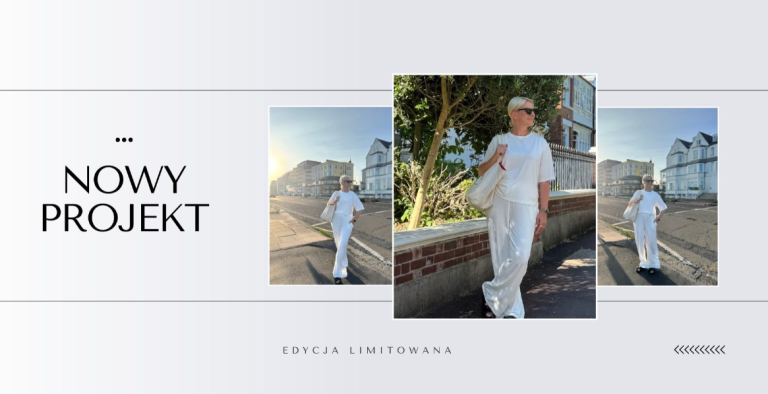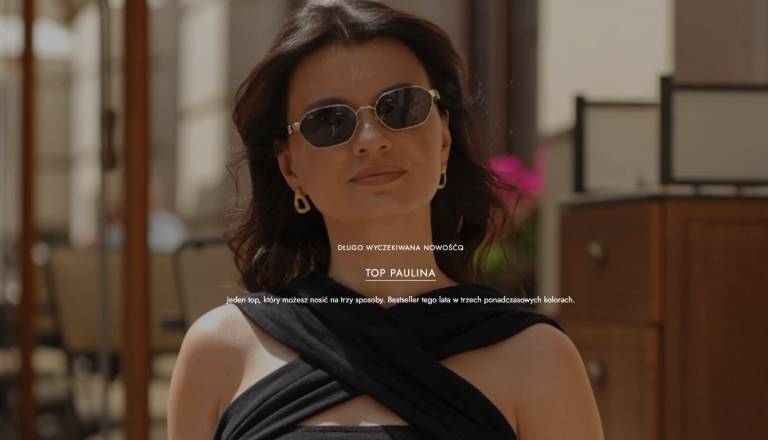
Once dismissed by fashion purists as casualwear for the youth, streetwear has not only earned a seat at the table—it’s helping redesign the table altogether. What began in skate parks, music scenes, and urban neighborhoods has found its way to some of the most prestigious catwalks around the world. Today, the once-clear boundary between streetwear and high fashion has faded, giving rise to a cultural shift that reflects much more than just style—it’s about identity, influence, and rethinking tradition.
Origins Outside the Institution
Streetwear wasn’t born in design schools or the ateliers of Europe. It grew out of real communities—from hip-hop artists in the Bronx to skaters in Los Angeles and graffiti artists in Paris. It was shaped by those who often existed outside the elite circles of fashion: people who didn’t wait for permission to create, mix, or reimagine what clothing could mean.
Brands like Stüssy, Supreme, and A Bathing Ape didn’t follow the seasonal rhythms of Paris or Milan. They dropped collections when they wanted, relied on limited runs, and built demand through scarcity, not mass marketing. That sense of grassroots independence gave streetwear authenticity—and made it difficult for the fashion establishment to ignore.

A Shift in Power
Fast-forward to the 2020s, and the tables have turned. It’s not uncommon to see streetwear labels collaborating with heritage houses. Louis Vuitton worked with Supreme. Dior collaborated with Jordan Brand. Gucci embraced the aesthetics of Adidas. Even once-conservative brands like Burberry and Balenciaga have dipped into oversized hoodies, puffer jackets, and logo-heavy pieces.
But this isn’t just about brands borrowing from one another—it’s a deeper recalibration of what’s considered high fashion. Clothing that once would have been deemed too casual, too urban, or too commercial is now being shown in curated collections, styled with couture pieces, and worn by front-row guests at fashion week.
It’s not merely appropriation either. In many cases, streetwear designers are leading the charge. Virgil Abloh, a trained architect and DJ who founded Off-White, became the artistic director of Louis Vuitton’s menswear line. Samuel Ross brought industrial design to A-COLD-WALL*. Kerby Jean-Raymond of Pyer Moss used his platform to tell untold stories from the Black experience. These aren’t designers mimicking luxury—they’re rewriting what luxury means.
A New Kind of Status Symbol
In the past, luxury was about exclusivity: hard-to-get handbags, formal tailoring, craftsmanship handed down over generations. Streetwear flipped that idea. A hoodie with a sold-out drop could carry just as much cultural weight as a hand-stitched coat. Hype replaced heritage. Limited releases replaced bespoke tailoring. Status was about being in the know, not just being able to afford the price tag.
Social media accelerated this shift. Platforms like Instagram, TikTok, and Reddit created ecosystems where trends move fast and taste is crowdsourced. No longer do fashion editors or magazine covers hold sole power. Now, a teenager with the right outfit and timing can influence a million others.
This decentralization has forced luxury brands to listen more, react faster, and rethink their audiences. They’re not just designing for the traditional elite anymore—they’re designing for a new generation that values expression, fluidity, and connection over prestige.

The Tension Remains
Despite the convergence, not everyone is on board. Some critics argue that the rise of streetwear has diluted the craftsmanship of traditional fashion. Others see the constant collaborations and logo drops as pandering to a younger demographic obsessed with hype and resale value.
There’s also a risk of aesthetic fatigue. When every brand starts producing boxy silhouettes and chunky sneakers, it can feel less like reinvention and more like repetition. The line between authentic influence and trend-chasing grows thin.
Yet even with these criticisms, the shift is undeniable. The influence of streetwear isn’t just a phase—it’s a redefinition of what fashion looks like, who it speaks to, and who gets to shape it.
Beyond the Clothes
What makes this movement truly transformative isn’t just the clothing itself but the culture behind it. Streetwear’s impact can be seen in how designers present their work (via digital lookbooks or Instagram Lives), in the democratization of fashion commentary (with influencers and fans acting as critics), and in the growing importance of community and collaboration.
In a world where more people are questioning the old rules—who sets the trends, what counts as luxury, what fashion is even for—streetwear has provided an alternative. It’s not just a new style but a different philosophy: that fashion should be fluid, responsive, and connected to real life.
The Future of the Hybrid
Looking ahead, we’re likely to see the continued blending of streetwear and high fashion—but also the emergence of new hybrids. Brands will experiment with different materials, cuts, and production models that reflect a more global and digitally connected audience. Expect more regional influence, more unisex collections, and a stronger voice from underrepresented communities.
The next evolution might not look like streetwear at all in the traditional sense. It could be quieter, more tailored, or digitally native. But its roots will trace back to the moment when a pair of sneakers on a runway wasn’t a gimmick—but a statement.
Final Thoughts
The blurring lines between streetwear and high fashion aren’t just changing what we wear. They’re reshaping the industry’s power structures, questioning its hierarchies, and inviting new voices into the conversation. What once stood on opposite sides of the style spectrum now exists on the same stage, not just coexisting—but collaborating.
And in that blend, fashion feels more alive than ever.






